NetApp CEO: The tech industry “needs to do a better job” on AI sustainability
Rapid AI adoption has prompted concerns over firms abandoning sustainability responsibilities in favor of driving new value – and it’s about time that changes
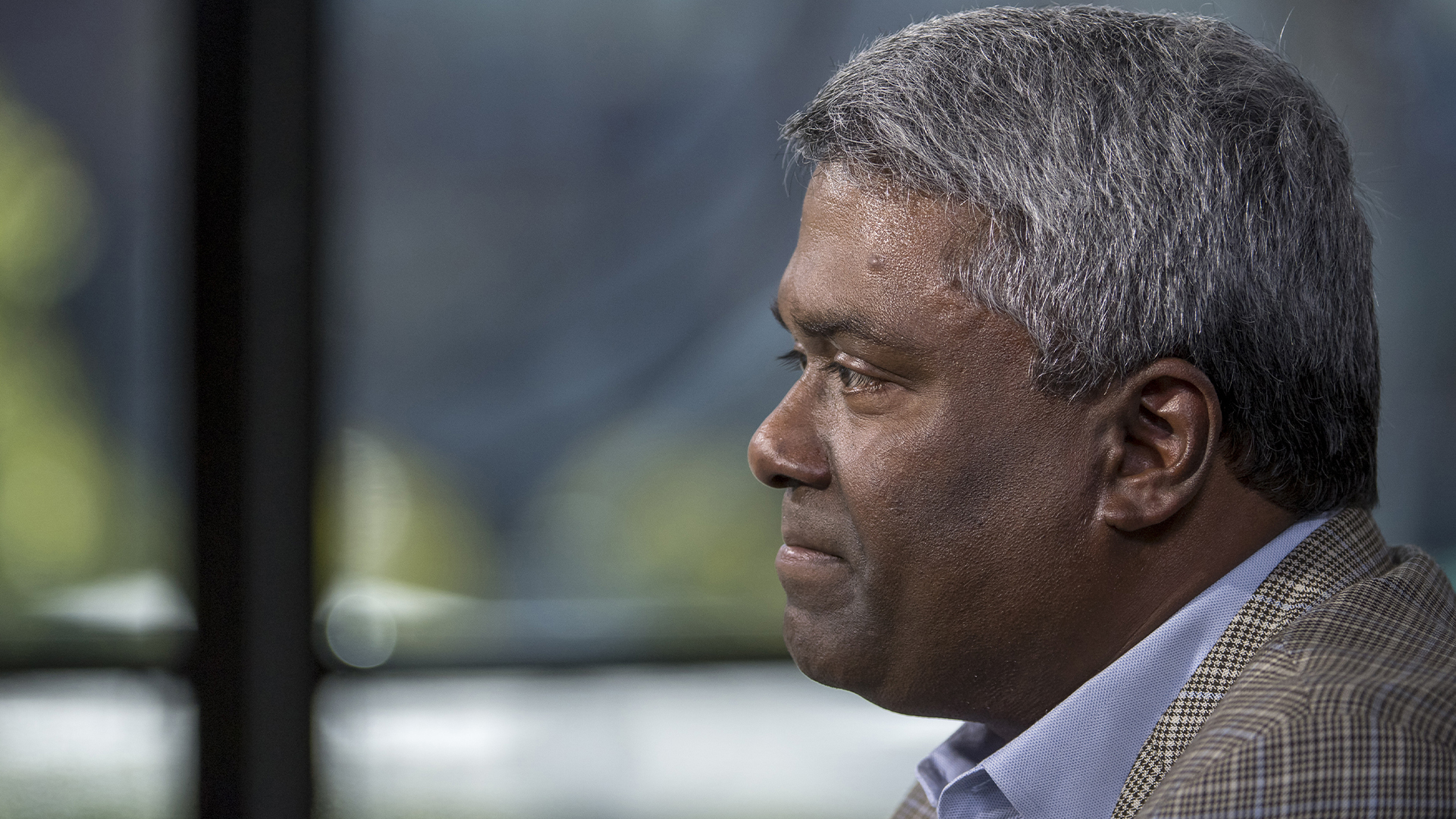

The tech industry needs to do more to address growing AI sustainability concerns, according to NetApp CEO George Kurian.
Speaking to ITPro at the firm's NetApp Insight conference in Las Vegas, Kurian outlined his thoughts on the environmental impact of how businesses are implementing the technology.
When asked how leaders are balancing sustainability targets with increasing pressure to adopt power-intensive systems, Kurian insisted that firms need to improve the way in which they are deploying AI technologies and ensure they are doing so intelligently to minimize unnecessary energy use.
“I think the world needs to do a better job thinking through how we can make AI be used in a way that delivers the best results”, he told ITPro.
The recent explosion in generative AI has created an environment where businesses are forced to implement the technology at a rapid pace to ensure they don’t fall behind competitors. But this risks deploying the technology in a haphazard manner, Kurian warned, thereby creating longer-term challenges.
To counter this, the NetApp chief exec said enterprises should take more time formulating robust data strategies to prevent future pitfalls. When they get this right, Kurian added, enterprises can drive more sustainable operations and deliver marked cost benefits.
“With regard to AI, using data wisely is important because if you try to search through vast troves of data for a small amount of benefit, you are wasting an enormous amount of expense and energy,” he explained.
Sign up today and you will receive a free copy of our Future Focus 2025 report - the leading guidance on AI, cybersecurity and other IT challenges as per 700+ senior executives
“So a lot of the data management tools we are building are enabling you to be really precise in the use of data and as data changes, use the model for only the change in the data. That’s beneficial for cost, that’s beneficial for time to value, and equally beneficial for sustainability.”
AI creates vast amounts of shadow data that continues to drain power
Speaking to ITPro, NetApp chief sustainability officer Nicola Acutt said the primary hurdle for AI sustainability was a data challenge. Acutt thinks the biggest factor driving the energy intensity of many enterprise AI applications is ‘dark data’, also known as ‘shadow data’.
Dark data is information that is collected, processed, and stored - often before never being used again by the enterprise.
This type of data is often backed up or stored in various forms, such as unstructured files, databases, or even via cloud storage. Crucially, shadow data is rarely governed or maintained in an appropriate manner and IT teams often have no idea if it contains potentially sensitive information.
Many businesses are using this type of data to train AI systems in a one-time scenario, Acutt explained, and then disregarding it despite the fact it continues to consume vital resources.
RELATED WHITEPAPER

“What’s mind boggling about that is that almost two-thirds of that data that’s created for AI today is created but then it’s never used again…but it's still consuming power and ultimately that translates into a big carbon footprint for the data we don’t use again,” Acutt said.
She warned that enterprises will need to face up to this reality and take responsibility for the data they are collecting, and advised IT leaders to reassess governance approaches.
“There’s going to have to be a reckoning on the scope of dark data and there’s going to be a huge need for intelligence around that,” she explained.
AI means organizations are going to miss their sustainability targets
Jon Brown, senior analyst at the Enterprise Strategy Group (ESG), told ITPro its own research indicates that some industries are implementing AI better than others, and that some felt it would drive sustainability.
“We saw a lot of different opinions about whether folks were going to be able to hit their commitments, and whether AI was going to be a positive for sustainability, mixed, or negative,” he reported.
“What we found was that for a couple of verticals, they were overwhelmingly positive about the impact that AI was going to have on their sustainability commitments, like retail, very bullish, technology companies like NetApp, very bullish on AI being a net positive for [sustainability].”
But some industries were less confident, Brown noted, and hinted the deployment of generative AI in their organization would put their ESG goals in jeopardy
“When we started to look at manufacturing and some of the other verticals that are out there, they said it was going to be mixed, ‘we’re going to have to balance this and recognize that it's going to be a challenge to hit these commitments’.
Many large organizations set themselves ambitious sustainability targets, such as net zero by 2030, in the years leading up to 2020, but frenzy around generative AI sparked by OpenAI’s launch of ChatGPT in November 2022 put these goals on shaky ground.
“I see some of those chief sustainability officers retiring in 2029,” Brown jested, adding that he foresees a number of these firms surreptitiously revising their targets to reflect more realistic reductions.
The revision of ambitious ESG goals has already begun at some major providers.
Earlier this year, both Microsoft and Google warned their sharpened focus on generative AI development resulted in a steep rise in data center energy consumption.
Google’s total greenhouse gas emissions stood at 14.3 million tons of CO2e in 2023, according to official numbers released by the tech giant. This marked both a 13% increase year on year and a 48% increase compared to 2019 when its sustainability targets were first set.
Similarly, Microsoft’s 2024 Sustainability Report found its carbon emissions surged by 29% as a result of its drive to expand data center capacity.
The issue has reached such an extent that reports in July showed Microsoft and Google’s combined electricity consumption exceeded that of around 100 countries, highlighting the steep rise in power demands placed on infrastructure by generative AI.

Solomon Klappholz is a former staff writer for ITPro and ChannelPro. He has experience writing about the technologies that facilitate industrial manufacturing, which led to him developing a particular interest in cybersecurity, IT regulation, industrial infrastructure applications, and machine learning.
-
 Cyber resilience in the UK: learning to take the punches
Cyber resilience in the UK: learning to take the punchesColumn UK law now puts resilience at the centre of cybersecurity strategies – but is legislation simply catching up with enterprise understanding that resilience is more than just an IT issue?
-
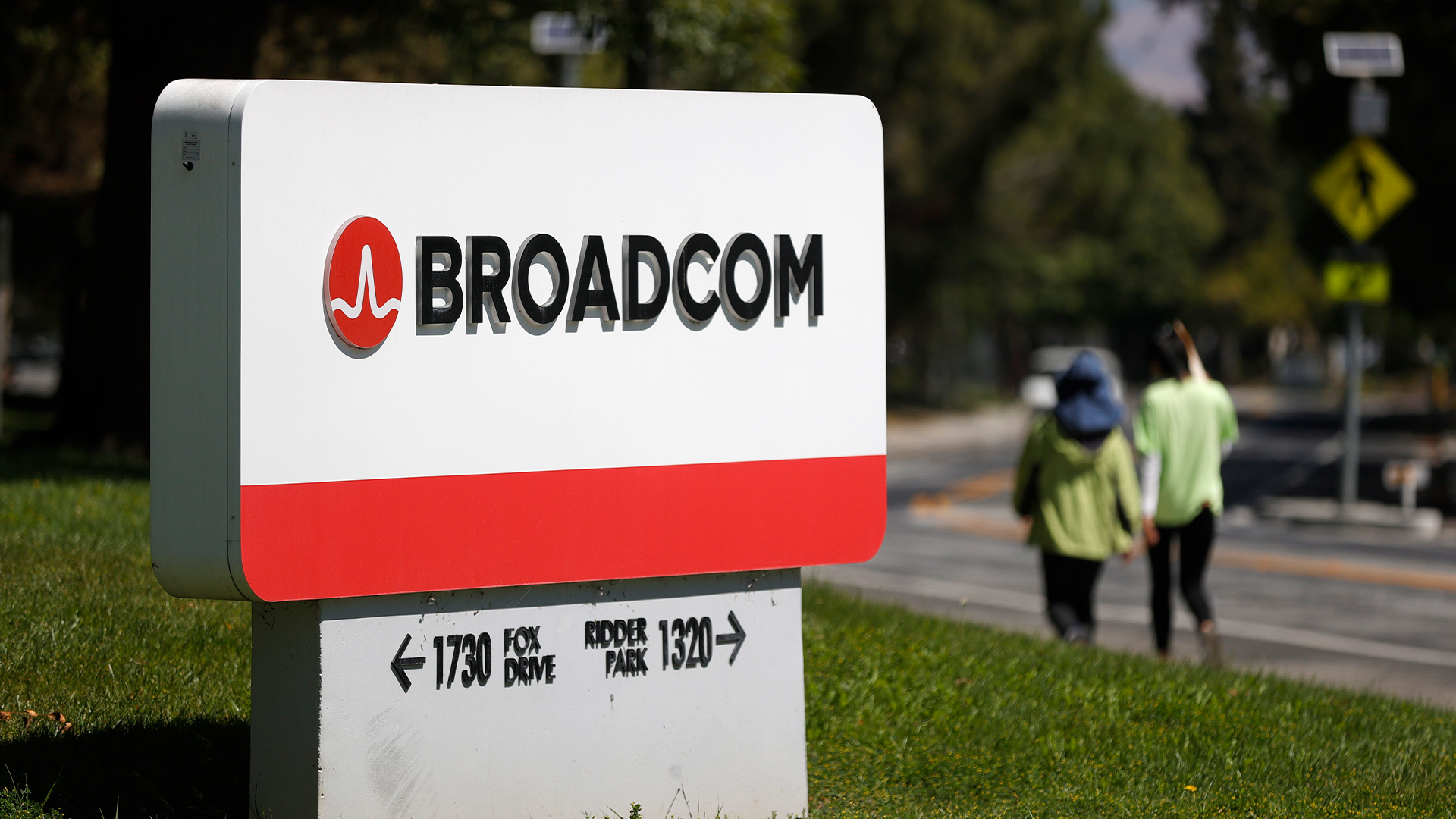 CISPE claims European Commission gave Broadcom a ‘blank cheque to raise prices, lock-in, and squeeze customers’ with VMware deal
CISPE claims European Commission gave Broadcom a ‘blank cheque to raise prices, lock-in, and squeeze customers’ with VMware dealNews Cloud providers have issued a formal response to the General Court of the European Union after the Commission defended its approval of the deal
-
 Dell Technologies targets private cloud gains with new Azure Local features
Dell Technologies targets private cloud gains with new Azure Local featuresNews Dell and Microsoft are teaming up to offer private cloud on Azure Local for a simplified hybrid solution
-
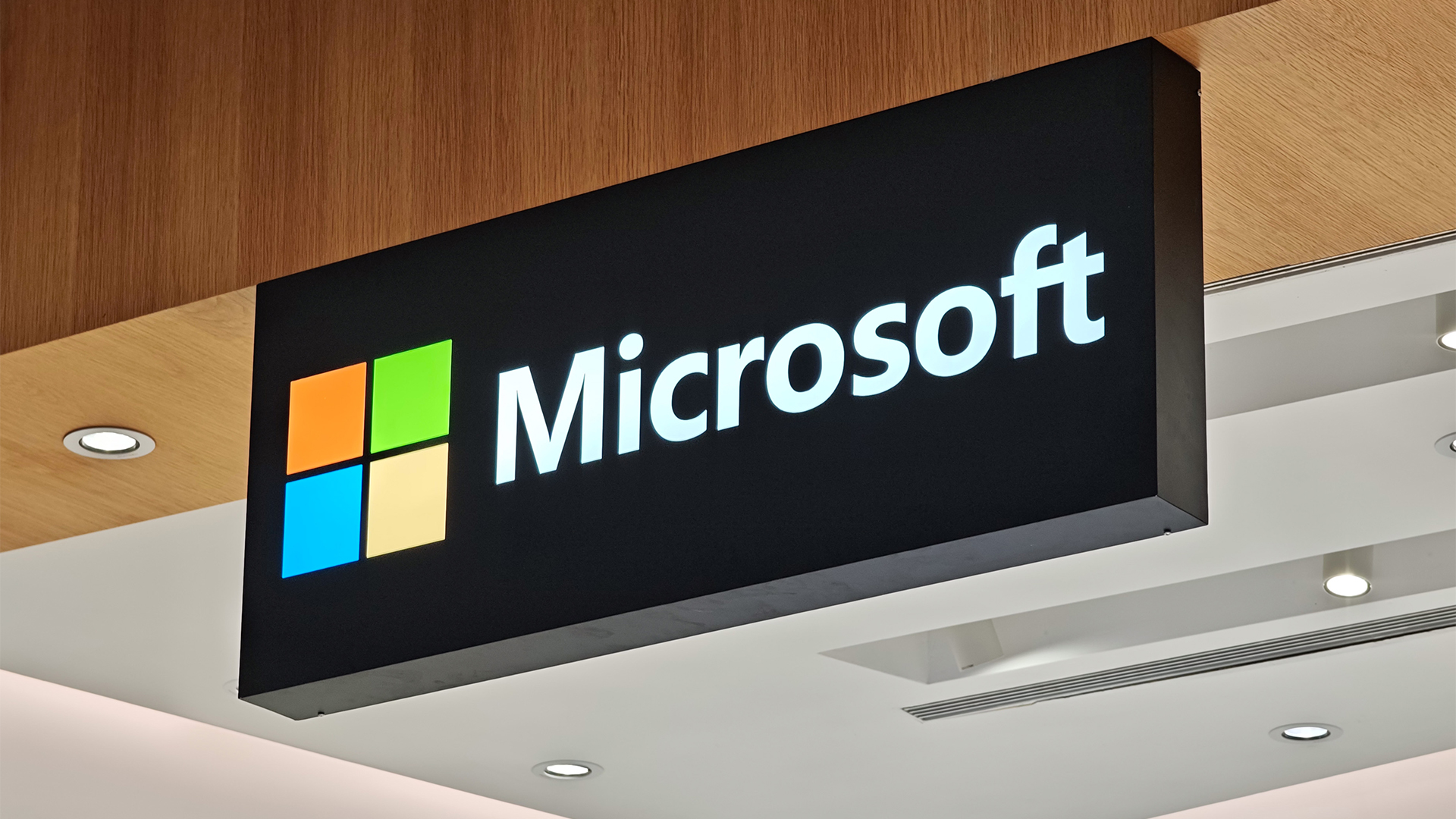 Microsoft’s new ‘marketplace’ lets customers pick and choose cloud, AI solutions
Microsoft’s new ‘marketplace’ lets customers pick and choose cloud, AI solutionsNews The Microsoft Marketplace looks to streamline customer access to AI and cloud services
-
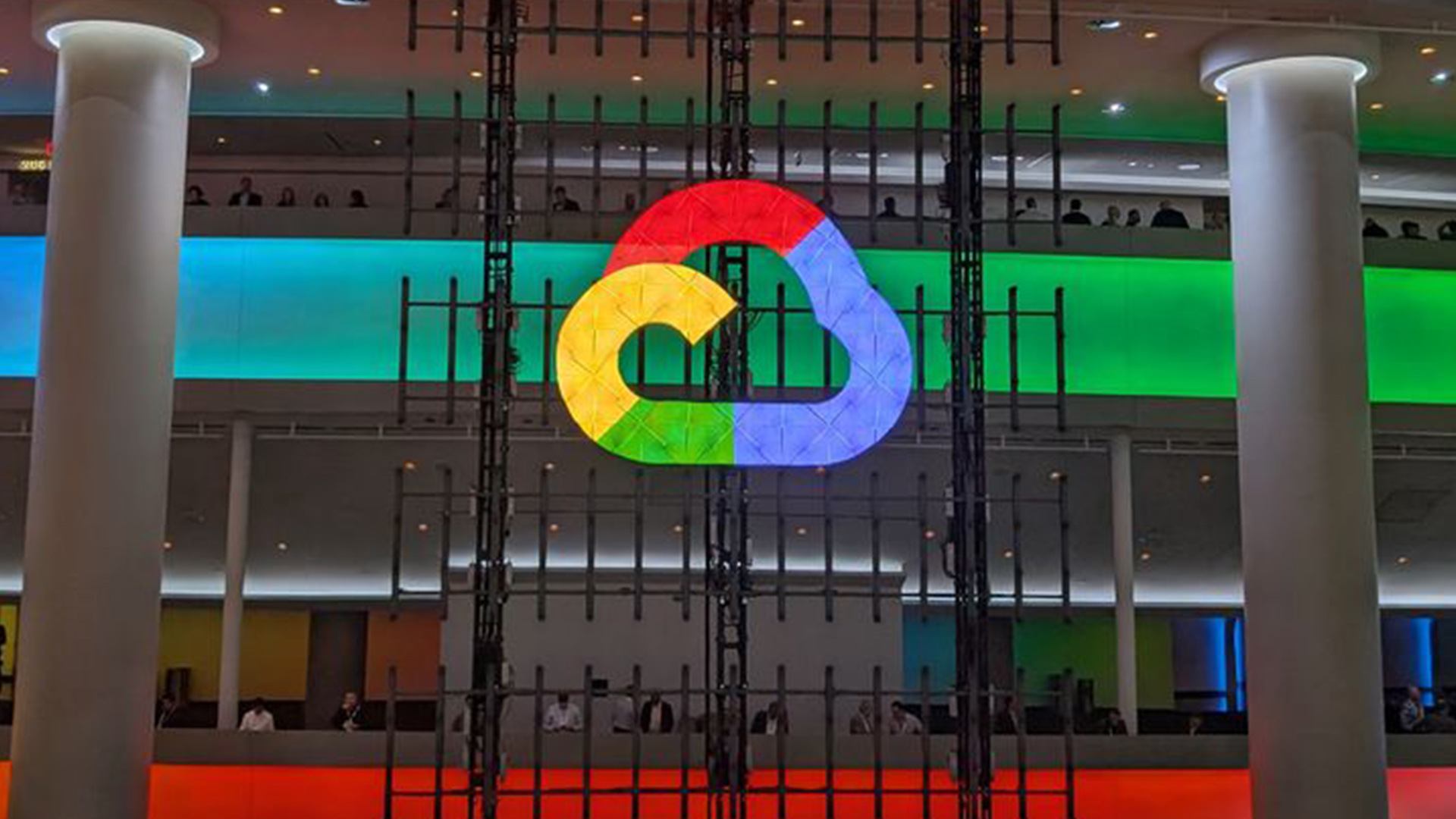 Google Cloud introduces ‘no-cost’ data transfers for UK, EU businesses
Google Cloud introduces ‘no-cost’ data transfers for UK, EU businessesNews Google Cloud's new Data Transfer Essentials service will allow enterprises to transfer data to alternative providers at no extra cost.
-
 Google strikes big win with $10 billion Meta cloud deal
Google strikes big win with $10 billion Meta cloud dealNews As Meta continues its AI drive, the company is looking outside for the necessary infrastructure
-
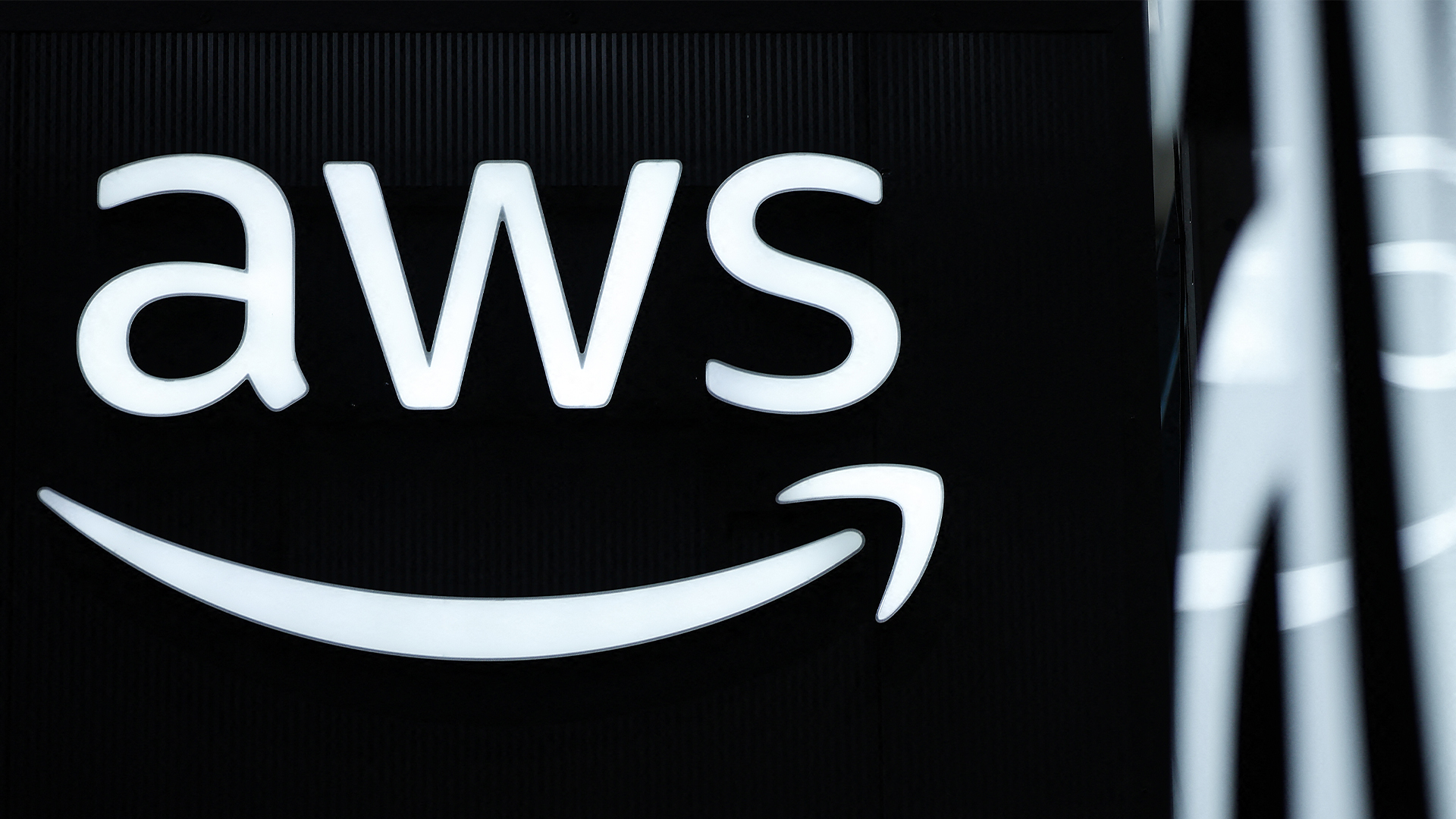 Is AWS' cloud dominance waning? New stats show the hyperscaler's IaaS market share is decreasing while Microsoft and Google record gains
Is AWS' cloud dominance waning? New stats show the hyperscaler's IaaS market share is decreasing while Microsoft and Google record gainsNews AWS maintained its lead in the IaaS market last year, but its share decreased while Microsoft and Google recorded gains.
-
 ‘Misses the mark’: Microsoft, AWS hit out at CMA cloud competition report
‘Misses the mark’: Microsoft, AWS hit out at CMA cloud competition reportNews The CMA claims Microsoft and AWS are harming competition – the duo strongly disagree
-
 US companies dominate the European cloud market – regional players are left fighting for scraps
US companies dominate the European cloud market – regional players are left fighting for scrapsNews Synergy data shows EU providers hold just 15% of the market despite rise in AI and drive for cloud sovereignty
-
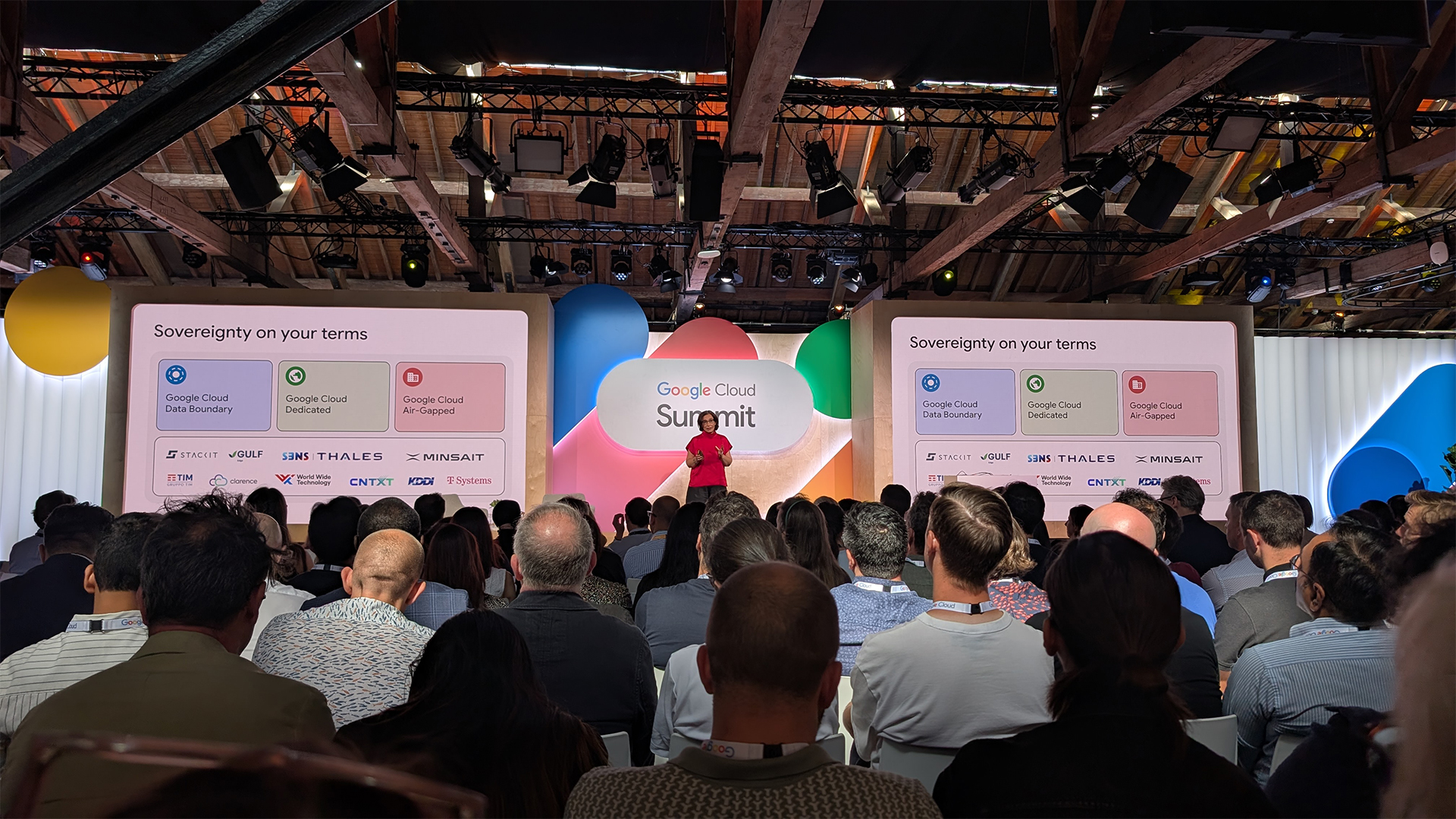 Google Cloud announces new data residency flexibility for UK firms, accelerator for regional startups
Google Cloud announces new data residency flexibility for UK firms, accelerator for regional startupsNews UK-specific controls and support for up and coming AI firms is central to Google Cloud’s UK strategy